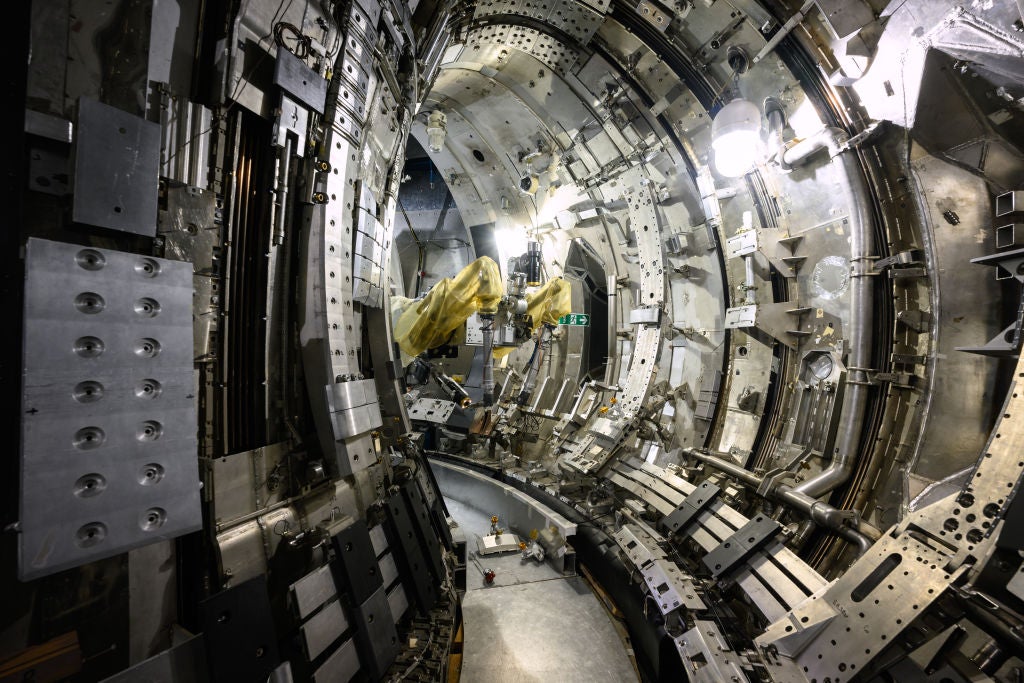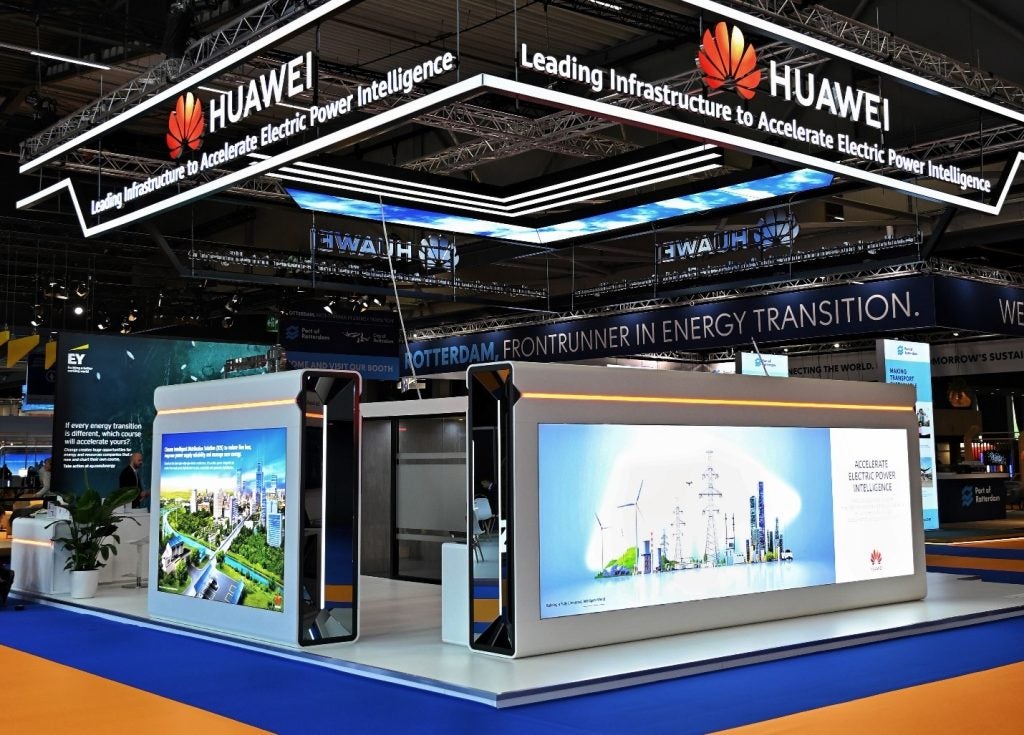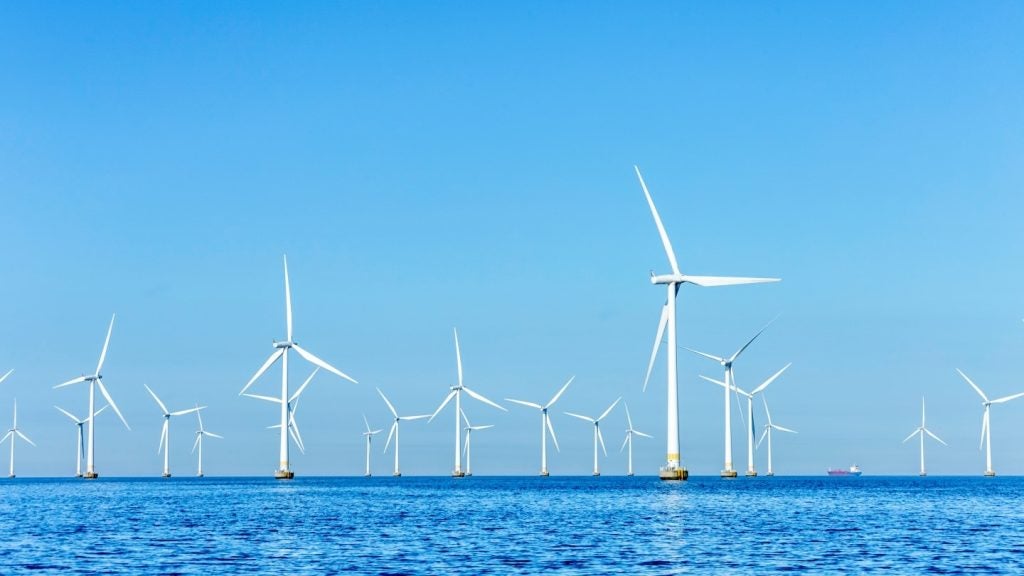
While countries across the globe are working to transition to a greater usage of renewables, properly managing this transition and the infrastructure required is no mean feat. In West Africa, there is huge potential for certain clean energies but impressive challenges to overcome.
Drawing on research findings from the ‘Smart renewable electricity portfolios in West Africa’ paper, Sebastian Sterl explains the intricacies of combining sustainably managed hydropower plants with new solar and wind power projects, and discusses the huge importance of cross-border electricity trade in the region.
Yoana Cholteeva (YC): What is the importance of clean energy development in West Africa?
Sebastian Sterl (SS): There are two facets to this. Firstly, many countries in West Africa are grappling with challenges in terms of energy access for large parts of their population – some countries have been doing well, other countries less so. But all countries wish to further increase their electricity generation to support economic development and industrialisation.
Now on top of that comes the added problem or the added challenge of reducing greenhouse gas emissions and reducing air pollution to remain within the limits stipulated by the Paris Agreement to which West African countries are also signatory states. So, the question is really, can you support economic development on a large scale and can you support the industrialisation of countries using clean energy, in particular modern technologies like solar and wind power?
YC: You say that West Africa has big potential for new clean energy projects, could you tell me a bit more?
SS: Historically, many West African countries have made good use of hydropower. There is further hydropower potential that could be exploited in the coming decades. There is also further hydropower potential that could be exploited in the coming decades. This potential is limited to river locations with large altitude differences and also by where it’s ecologically feasible to build it, without having a big impact on the environment. In the past, this was something that wasn’t considered to be a big concern, but now it is becoming more and more important.
How well do you really know your competitors?
Access the most comprehensive Company Profiles on the market, powered by GlobalData. Save hours of research. Gain competitive edge.

Thank you!
Your download email will arrive shortly
Not ready to buy yet? Download a free sample
We are confident about the unique quality of our Company Profiles. However, we want you to make the most beneficial decision for your business, so we offer a free sample that you can download by submitting the below form
By GlobalDataSolar photovoltaic potential is present basically everywhere as the region has excellent solar power resources, very strong irradiation, especially in the north, but also in the southern countries like Ghana and Cote d’Ivoire. Wind power potential is a lot more localised, but can have important roles to play in the future power mix. There’s good potential, for example, along the coastline of Senegal, and in the Sahelian regions of Mali and Niger. All these three resources would have important roles to play in the future of West Africa.
YC: Can increased electricity generation be harmonised with climate change objectives?
SS: Now, this is a quite interesting question to look at from a scientific viewpoint, because the adequate, robust interconnected grids that exist in Europe, for example, were not designed for large quantities of renewables. They can absorb a certain amount of renewables, but they weren’t designed to be based on a large-scale renewable power from solar and wind
So, as countries in Europe move to higher and higher shares of solar and wind power, this comes with its own challenges. How do you adapt the grid to that new reality, but in many countries in West Africa, and elsewhere as well, grids have to be strengthened and reinforced anyway, just for reasons of electrification supporting economic development, supporting industrialisation.
That means countries in West Africa have a unique opportunity to design their future grids from the outset, based on the best possible ways of getting large amounts of solar and wind power on the grid. This is an opportunity to leapfrog the age of grids focused on fossil fuel plants, which other regions of the world have never had. That means you’re going to need a lot of research on how best to harmonise these.
YC: Your research has proven that hydropower can be used to complement the energy produced by solar and wind sources. Could you tell me a bit more about that?
SS: Hydropower has the reputation of being a stable and reliable resource. In West Africa, especially large hydropower projects with reservoirs are often the first go-to when shortfalls in power generation happen on the grid. Because these plants can react extremely fast, they can be dispatched to compensate for short-term disturbances or shortfalls in power generation, which means they could also be ideal complements to solar and wind power on both an hourly and on a seasonal timescale.
For instance, solar power is obviously something you can only generate during daytime. If you combine that with hydropower, it means you could dispatch hydropower at night time and then reduce hydropower generation during daytime when there’s solar and save the water for later. So, our research has shown that if you see hydro, solar, and wind power not so much as resources on their own, but consider them really as a unit, this could have huge benefits for the grid and it can also reduce the reliance of some countries on hydropower by diversifying the power mixes, which has led to problems with droughts in the past.
YC: Could you also explain more about the idea of cross-border electricity trade to allow countries to share their resources?
SS: From hour to hour and from season to season, the potential of hydropower complements the potential of solar and wind power. On hourly timescales, hydropower can be dispatched to compensate for shortfalls in solar and wind, and on seasonal timescales, reservoirs refill during the wet season when solar and wind potential are low. They fit together like pieces of a puzzle.
But to exploit that efficiently, you need to be able to get those resources on the same grid. Now, these resources are spatially distributed in very different ways across the different countries in West Africa: for instance, some countries have a lot of solar and wind potential but barely any opportunities for hydropower, and vice versa.
If you wanted to exploit such a diversified mix of hydro, solar, and wind power, increased cross-border trade between countries would be a necessity.
Nowadays, countries are already trading power. This is mostly through bilateral agreements at the moment, but there is a regional agency, the West African Power Pool, charged with integrating or preparing the way for regional integration of national power grids so regional electricity trade is facilitated. The original objective of this West African Power Pool was mostly focused on hydropower plants and thermal power plants. But what our work has shown is that this kind of power pool could also be conducive to exploiting the synergies between hydro, solar, and wind power.








